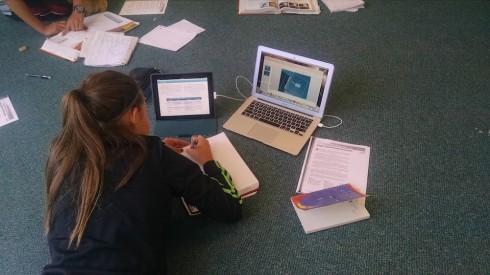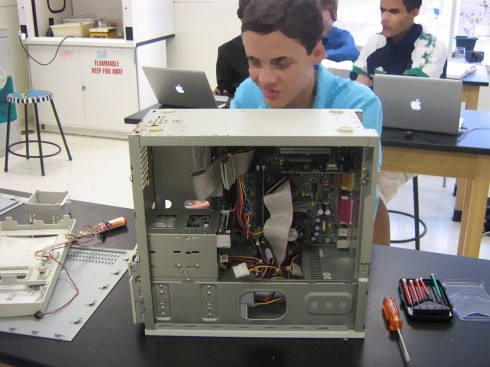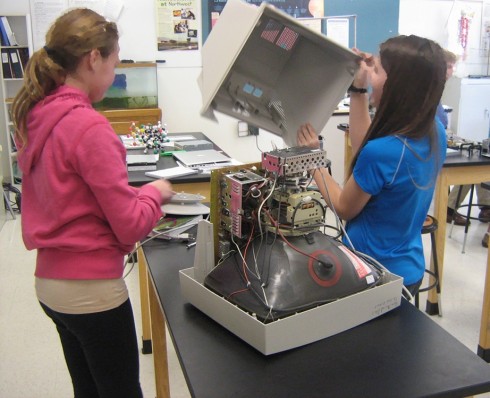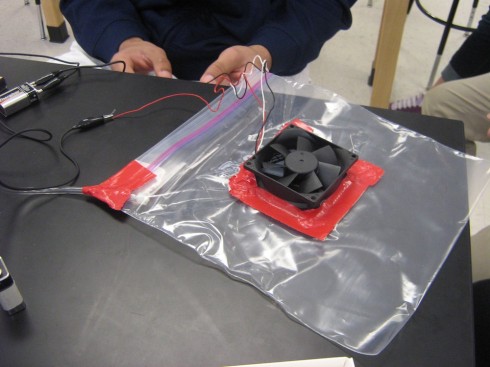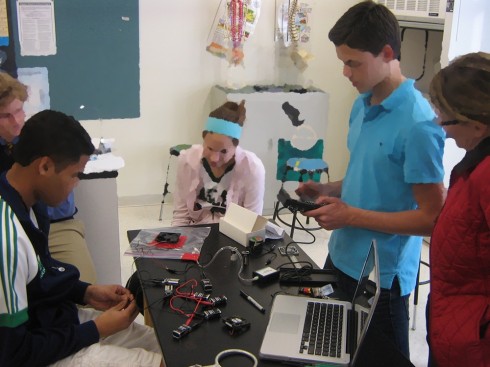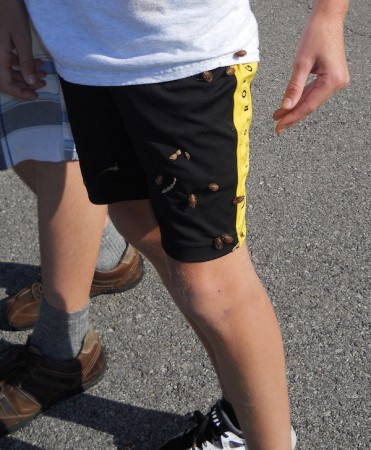Kate Cox has, perhaps one of the best articles I’ve read, summarizing a recent congressional report on the use of monopoly power by Amazon, Facebook, Google, and Apple. It is very readable and well written, bet contains great details about the report’s findings about how these companies abuse their position in the market.
I particularly like her summary of the purpose of antitrust law:
Antitrust law is instead concerned with what you did to become dominant and what you do with the outsized power that comes from being the biggest. If you have a 90 percent market share but it all came from natural growth and you deal fairly with other companies and with consumers, antitrust regulators are probably going to leave you alone. But if nascent startups can demonstrate you used your bulk to knock them out before they could become real competition, or if competitors can show you unfairly leveraged different parts of your business to squeeze them out? Those are problems.
Kate Cox in Arstechnica.
